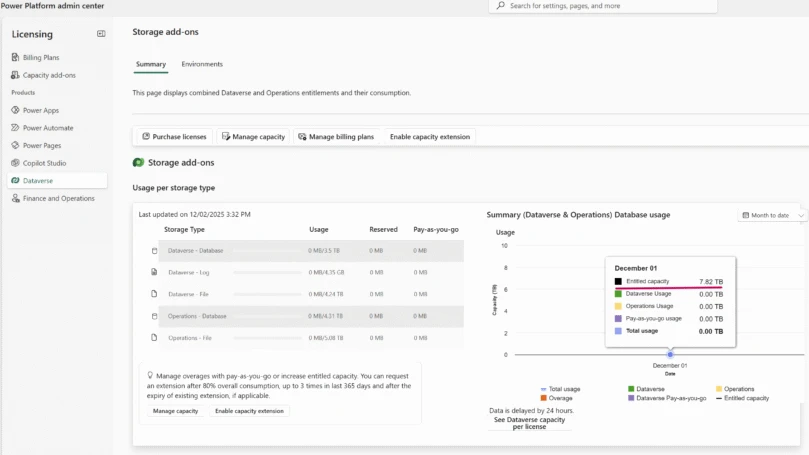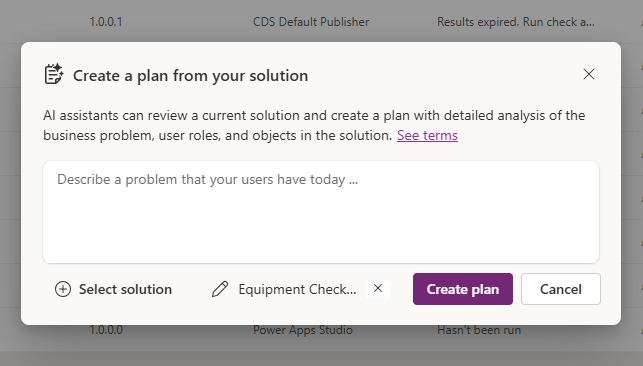Hello Flow Community!
Today I am going to create a flow to address an actual business need from one of our customers. This question came from the Microsoft Flow Subreddit and was asked like this:
Hi there! I would like to make a flow, that uses Excel and Outlook meetings. When I schedule a meeting in Outlook, I want some of the text from the text field, to transfer to our budget, that we have in Excel. Alternatively, if that isn’t possible, I want to write the customer’s information in our budget Excel, and then have it send out a meeting invitation, with text pulled from the Excel sheet
I’m going to go ahead and use his second option – Alternatively, if that isn’t possible, I want to write the customer’s information in our budget Excel, and then have it send out a meeting invitation, with text pulled from the Excel sheet
First things first — we are going to need to set up our Excel sheet properly. I asked the user to send me the sheet he uses for his budget tracking, removed all the data, and then converted it to a table.
Here is the sample sheet we are using for this Flow. Get familiar with it a bit before you dive into the rest of this tutorial and if you’re going to follow along, make sure to host it in OneDrive so it can be accessed in the cloud.
- Open the Microsoft Flow portal.
- Click on My Flows.
- Click on Create From Blank.
- Since Excel has actions and not triggers, we’re going to work around that by using the trigger type Recurrence and then setting it to check our Excel file every 1 hour.

- Add a new step into your flow and now choose Excel and the action Get Rows. Select your Excel file and the proper table within it.

- Add a new step to your Flow. Choose Apply to each and select Value from your Excel dynamic content. (This tells our flow “for every row that contains X do the action Y”, which we will define next.)

- Now let’s create the conditions that will send the actual meeting invite based off the sheet. For the Object name, select the Dynamic content item Confirmation sent from our Excel sheet, then select Is equal to from the dropdown menu and set the value to No. (This tells the flow to check if this column has a Yes or No within it, and if it has a No, to take the action outlined below.)
- Now, under the box that says IF YES, lets add a new step to our flow. Choose Office 365 Outlook, select the action Create Event V2, and fill in all the necessary sections with dynamic content from our columns in our Excel table. This creates the appointment and maps your Excel columns to fields in the appointment and email.

And now finally, lets add a step that updates that Excel column to say YES for Confirmation sent once the appointment has been sent. This way it doesn’t send again the next time it checks.
- Add a step to your flow and search for Excel. Add the action Update row, select your same spreadsheet and table we have already been working with, and fill in the Confirmation Sent row with a Yes. For every other column use the dynamic content item associated with it like shown here:

And voila! Just like that, you can fill out your budget tracking spreadsheet and let flow set your meeting time, invitees, what’s said in the appointment email and more! This is the beauty of Flow: if you have a unique need like this one, there is likely a solution that you can create to save yourself time and energy!
If you want us to create a Flow for your company or for your problem, let us know on the Microsoft Flow Community, Twitter, or here in the comments!
Thanks for reading!!



